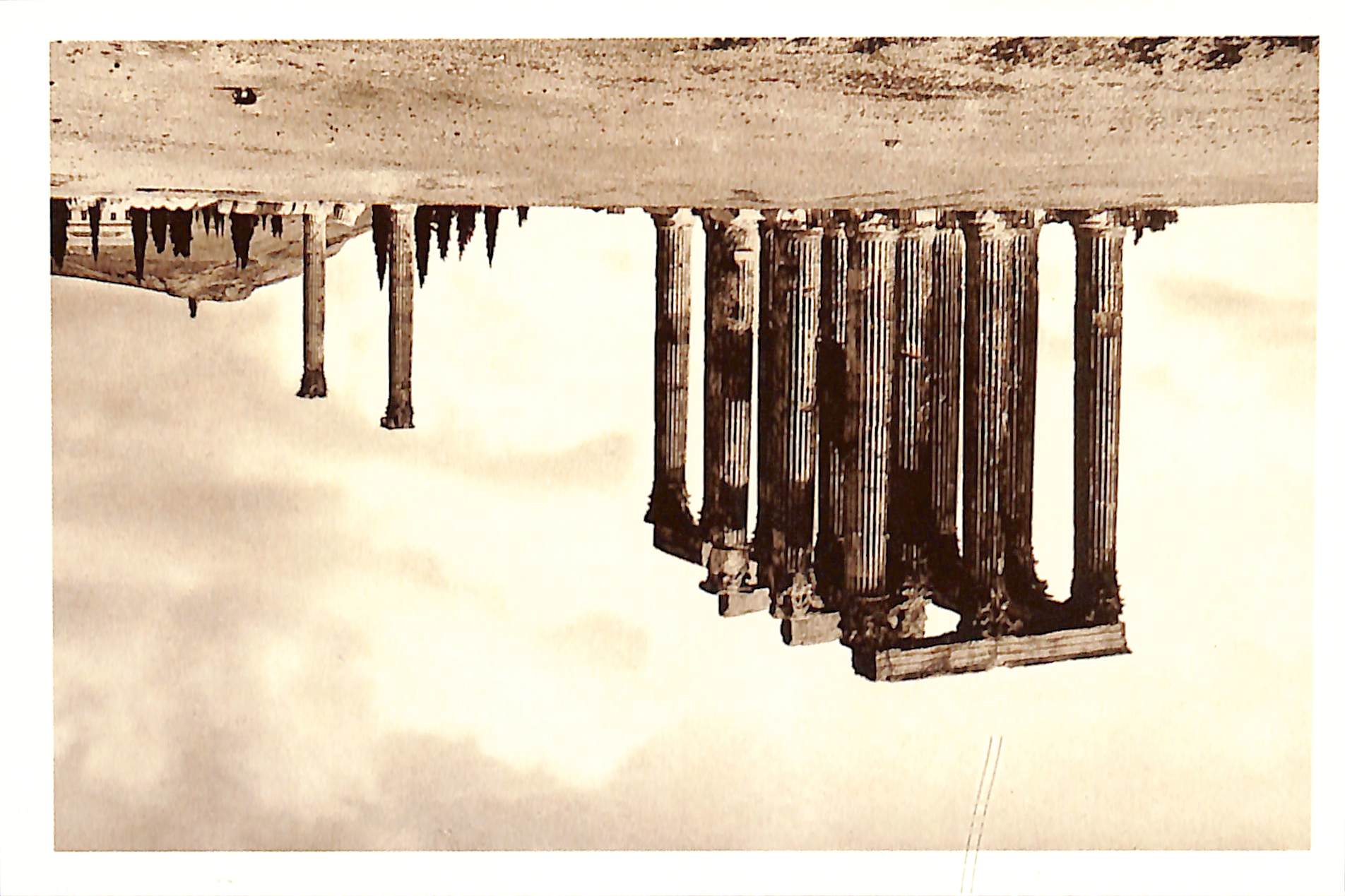
4/29/2025 10:01:56 AM
The temple of Olympian Zeus in Athens
The construction of the temple of Olympian Zeus was initiated by Peisistratos in 515 BC on the site of an earlier temple from the early 6th century BC. Work stopped at the level of the crepidoma (platform) due to the overthrow of the tyranny. Parts of the poros stone architectural elements were later reused in the construction of the eastern section of Themistoklis’ wall. Construction resumed in 175 BC under the king of Syria, Antiochus IV Epiphanes, with the Roman architect Decimus Cossutius, using the same dimensions and proportions as the archaic temple but built in marble and in the Corinthian order. It continued later under Augustus and was finally completed by the philhellene emperor Hadrian, who inaugurated it in 131–132 AD. Hadrian’s temple, one of the largest in the ancient world, measured 110.35 meters in length and 43.68 meters in width, with two rows of 20 columns on the long sides and three rows of 8 columns on the short sides. It stood prominently in the center of a large rectangular enclosure with a propylaea (monumental gateway) on the north side. The cella (inner chamber) housed two colossal chryselephantine (gold and ivory) statues, of Zeus and of Emperor Hadrian, who were worshiped together. Numerous statues and votive offerings adorned the surrounding enclosure. The temple began to fall into ruin in the 5th century AD, and further degradation occurred over the centuries due to natural causes or human interventions. During the Ottoman period, a mosque existed in the southeastern area of the enclosure, and a medieval structure stood atop the architrave of the columns in the temple’s southeastern corner. Out of the 104 original columns of the temple, only sixteen remained standing by 1852. Pictured: The temple of Olympian Zeus in Athens, 1878. ©Municipal Photography Museum of Kalamaria ‘Christos Kalemkeris’.

